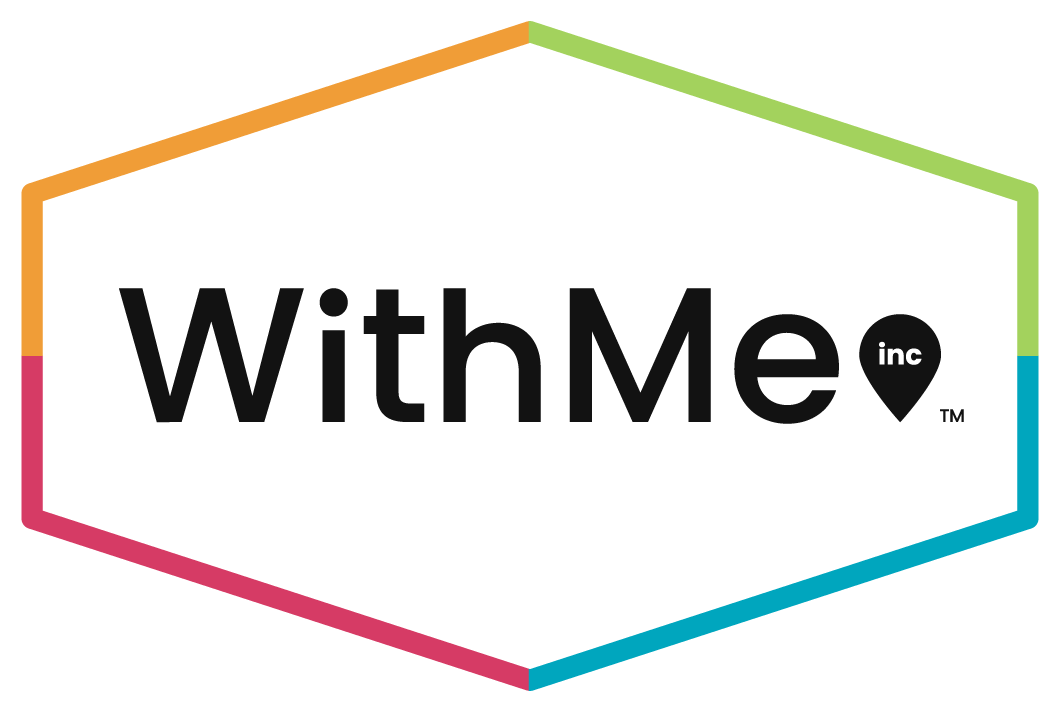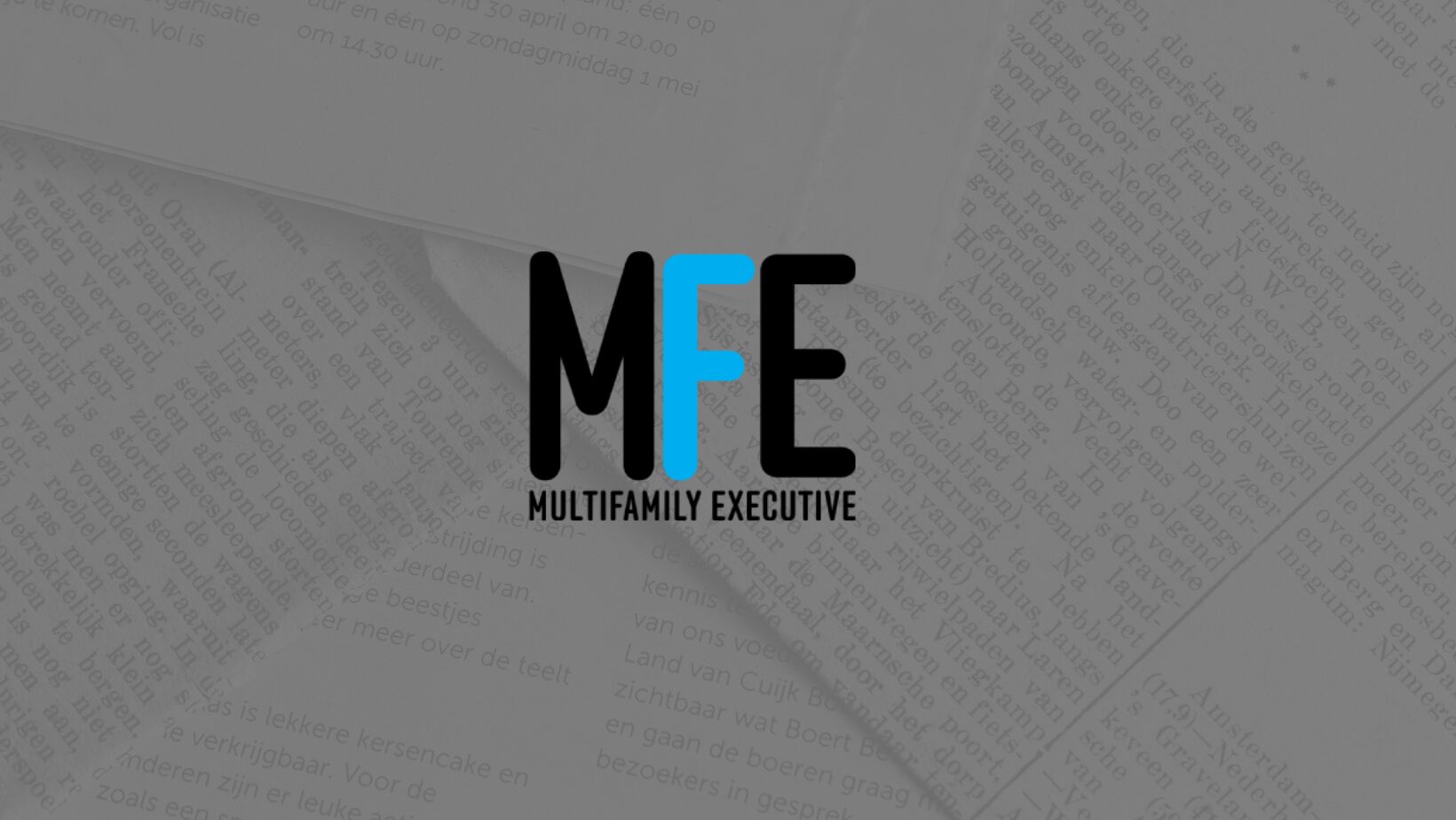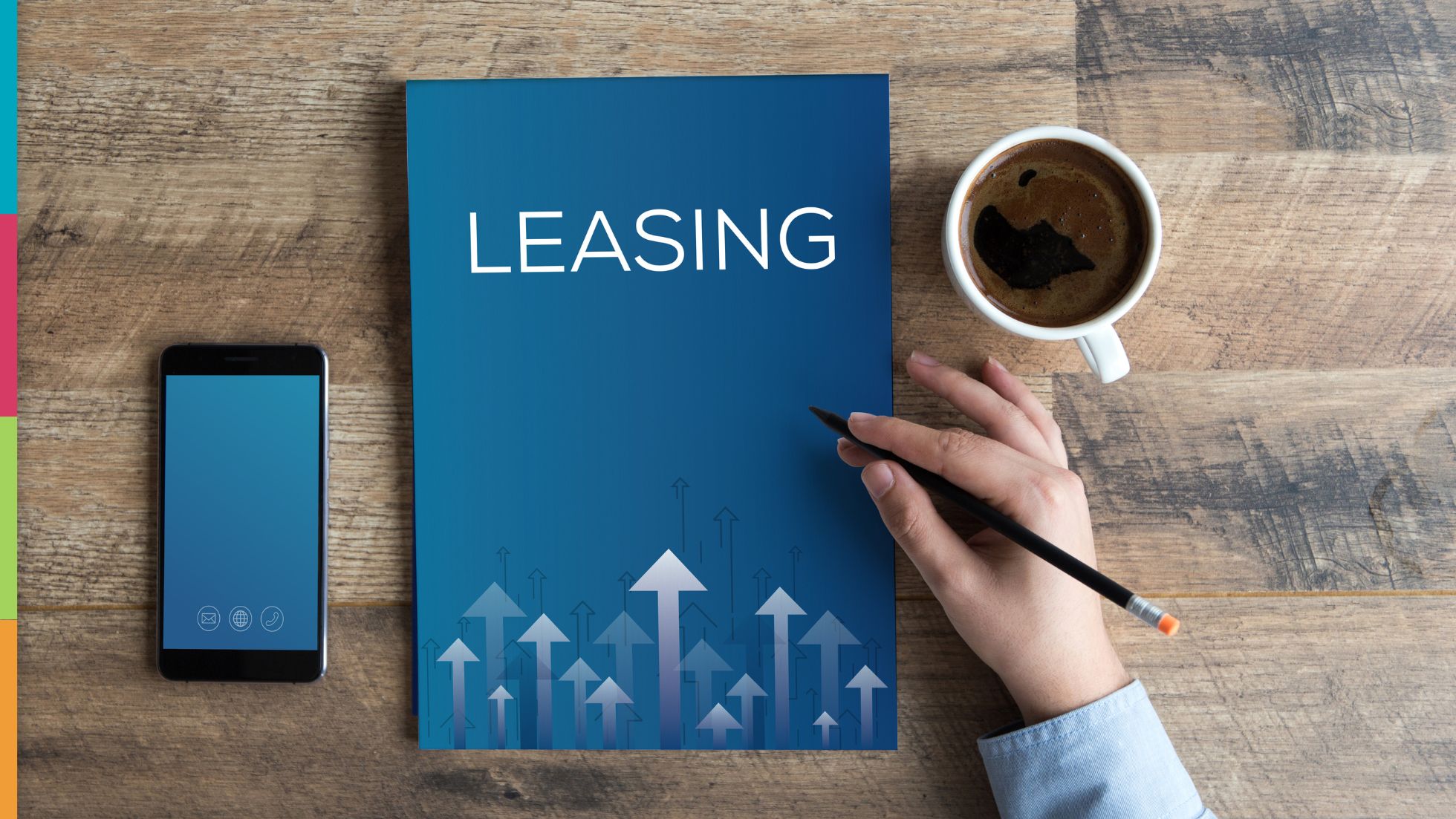Now at the five-year anniversary of the COVID lockdowns, work still looks much different for many employees. Despite some return-to-office notices, remote work and hybrid schedules continue to dominate, and multifamily properties have had to accommodate this new way of life for many residents.
The business centers of pre-pandemic times don’t quite fill the need as work-from-home employees now require more than a conference room or makeshift common lounge area. These residents looking to work outside their apartments but still on premises want flexible spaces for both quiet, private meetings and for email-reading tasks that allow for conversation with others.
What was once a nice-to-have amenity is now a necessity for multifamily communities, according to Baron Property Group chief operating officer and principal Andrew Till. The company has seen a consistent demand for well-designed coworking environments.
“Initially, coworking spaces were simple lounge areas with a few desks, often doubling as a media room or even a library,” says Till. “Now, they’ve evolved into dedicated, fully functioning work hubs that are within a quiet zone to accommodate hybrid meetings, better sound acoustics, and more comfortable seating arrangements.”
To plan an efficient coworking space, Alison Mills, vice president of design and development at CRG, says, “The essentials come down to flexibility, connectivity, and comfort.” These essentials are best utilized when the location of the coworking area is a mix of high visibility without chaotic noise.
Top Tech and Reservations
The coveted private hubs are best utilized and appreciated by residents when they are reservable, says Gaztambide. For LeFrak, coworking spaces at Miami’s SoLé Mia and Bisby are equipped with the latest in technology plus private and reservable rooms.
Till adds that Baron Property Group’s Metro Parc North’s coworking spaces are equipped with top-of-the-line tech that allows for reservable rooms. Reservable rooms are only one prong of the tech security and safety features preferred by both property managers and residents alike.
Russell adds, “Technology is the word for coworking spaces. High-speed connectivity is the No. 1 priority. Mobile app-based smart access, smart booking that shows availability, and automated lighting and climate control are key tech features. Setups that include augmented reality and virtual reality capabilities for remote collaboration are a differentiator, too.
“Tech plays a role in terms of security, too, with 24/7 monitoring and automated visitor check-in. However, it’s vital it is all user-friendly,” she notes.
In addition to high-speed, reliable internet, coworking spaces work most efficiently with ample outlets and USB charging stations; interactive screens for brainstorming; printing stations; and virtual meeting setups.
“Owning a printer is a hassle, but access to one is a necessity. Whether it’s a lease agreement, a boarding pass, or tax documents, residents rely on printing more than they realize—until they need it,” says Jonathan Treble, founder and CEO of WithMe. “The most successful coworking spaces integrate self-serve, wireless printing solutions that eliminate IT headaches and free up staff time. With secure, on-demand access, residents get what they need instantly without the frustration of outdated office equipment.”
While the future of tariffs remains to be seen after U.S. Court of International Trade ruled that President Donald Trump had overstepped his authority by imposing them and then a federal appeals court temporarily reinstated them, it’s definitely possible that Trump is able to move ahead with his initial plans. If Trump’s tariffs are put into effect, the price of many goods could rise — but, perhaps unexpectedly, rent prices could rise as well.
Here’s a closer look at why rent could get more expensive if Trump’s tariffs are imposed.
Higher Construction Costs Could Get Passed Down to Renters
Renters who move into new buildings will likely see higher prices than they would were tariffs not in effect.
“When construction materials become more expensive — whether it’s imported cabinetry, electrical components or flooring — those increased costs squeeze developers and contractors,” said Mike Petrakis, founder and CEO of PowerPay, which works with contractors to provide affordable home improvement payment options.
“In many cases, that pressure gets passed downstream,” he continued. “For new apartment builds, it means higher development costs, which translate into higher rents to meet return thresholds.”
In addition to construction materials, appliance prices are also expected to increase if tariffs are imposed.
“All of these things will increase the cost of construction, providing services and maintaining properties, which are usually passed along to residents in the form of increased rents,” said Jeff Lail, COO of WithMe, Inc., which provides tech-enabled amenity solutions.




